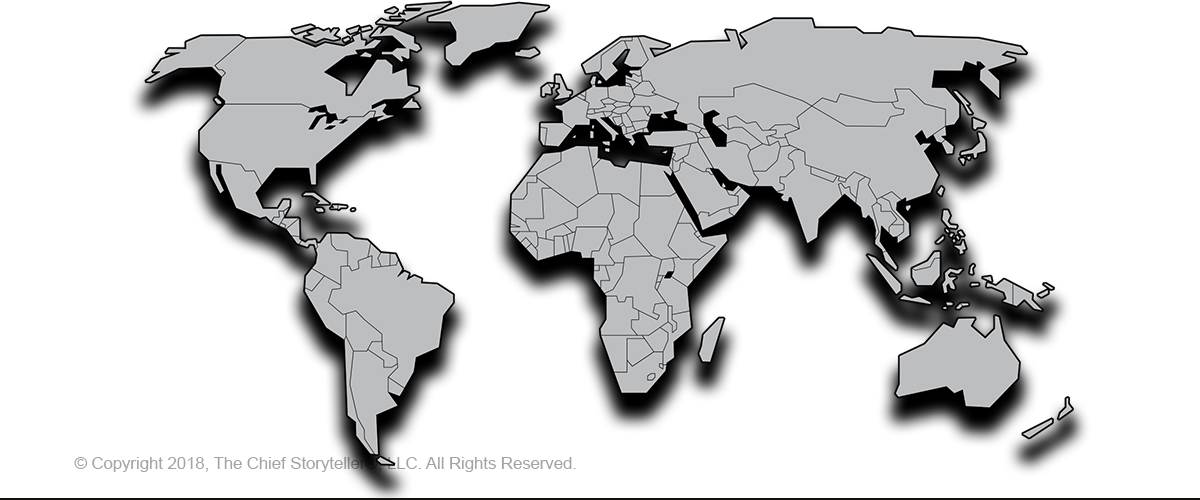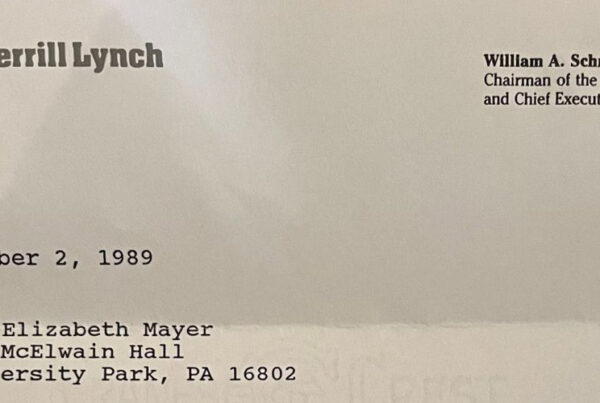
* More native speakers of languages other than English currently access the Internet than do native speakers of English.
* The U.S. currently accounts for less than half of total e-commerce spending and according to IDC this share is expected to drop to 36 percent by 2005.
These statements show why perhaps Internet News said it best when they wrote, “for US companies, multilingual e-commerce and a business website are no longer optional.”
“for US companies, multilingual e-commerce and a business website are no longer optional.”
DON’T BE LEFT BEHIND WITH YOUR WEBSITE
Still not convinced? Read on to find out why the Internet is already serving as an international business medium for many companies and why you may not want to be left behind.
To consider whether or not to take advantage of your website as an international business tool, you first need to consider the possibilities it may hold. Consider these questions:
- Who is on the Internet?
- Where do they live?
- What languages do they speak?
- What regions represent the best opportunities for your organization?
Although the numbers given in answer to these questions often raise questions of collection and tracking methods, research shows all of the various statistics and information point towards the same trends. It is these trends that will be highlighted here.
INTERESTING STATS
Here are some very, very interesting statistics and trends associated with the approximate 480 million people online throughout the world:
- About 35% of them are located in the U.S.
- About 27% are located in Europe
- About 24% are located in Asia
- About 264 million Internet users (~55%) are native speakers of a language other than English
- About 144 million (~30%) are native speakers of a European language (mainly French, Italian, German, and Spanish)
- About 100 million Internet users (~25%) are native speakers of an Asian language (mainly Chinese, Japanese, and Korean)
75% OF BUSINESSES ARE U.S.-CENTERED
If your site is still English-only and your site is geared only towards U.S. visitors, you are not alone. You are actually in the company of 75% of businesses in the U.S.
As a U.S. company executive, you need to remember that because of the Internet, you could have a competitor you don’t even know about, located in Europe or Asia, reaching out to your customer base via the Internet.
And that’s not all. Not only might you be losing some business by not reaching out to foreign markets now, you may even be risking some potential future business as well. Remember, if you have a presence on the World Wide Web, you have already, by definition, “gone global.” Don’t be surprised if there are some who reach your site and are offended at not having their linguistic and cultural preferences addressed.
Potential client base of 480 million
If all of the above information isn’t enough to convince you the market demand exists for you to globalize your website, then consider the natural advantages the Internet offers as an international business tool:
- You automatically have a potential client base of 480 million people worldwide, mainly consisting of well-educated 25-50-year-olds
- With the Internet, your company is accessible 24 x 7 x 365
- Research shows that even Internet users who have never made an online purchase often use the web to research products and services
- The new Euro currency can make it much easier to break into the European market
It actually may not be as expensive or as complicated as you may think to create a multicultural website offering. And most importantly, if U.S. companies wish to avert the potential of European and Asian dominance of Internet business, they best consider addressing the world on its terms – with multi-lingual, multi-cultural website offerings.
To both localize and globalize your website, it is highly suggested to seek the services of certified and professional translation and interpretation firms. It is a common practice of these high-end firms to have two and sometimes three rounds of quality assurance checks to verify meaning, idioms, phrases, intent, word choice, etc. Two great sources are The Association of Language Companies (ALC) and The European Language Industry Association (ELIA).
—-
Note: I met Marla when I was a speaker for an annual ALC conference. She is the CEO of Schreiber Translations, a Washington, DC go-to resource for language translations, since 1984.
Photography Source: Original image from Wikimedia, final design in blog image © Copyright 2018, The Chief Storyteller®, LLC. All Rights Reserved.



